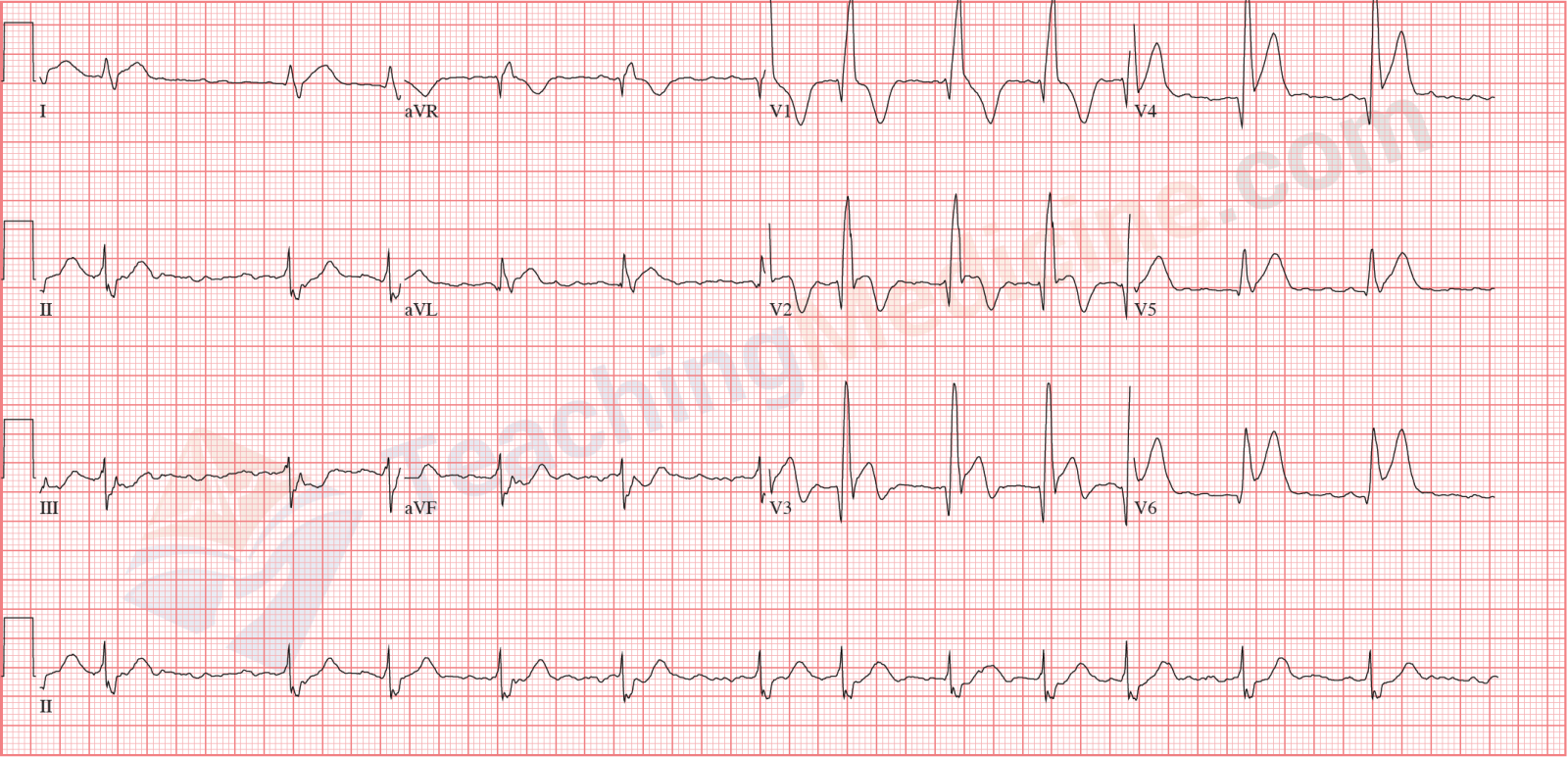Occasional Afib

While atrial fibrillation may start out somewhat benign, over time it may progress and become much more serious.

During early episodes, atrial fibrillation may go away by itself within a few minutes, though over time, it may require medicine to go away. Some of the afib patients that we have spoken with said that in the early stages their atrial fibrillation symptoms were infrequent and often well-controlled by medication, which usually included rate control drugs or rhythm control drugs in combination with anticoagulants, such as Coumadin® or warfarin.
But over time, however, their atrial fibrillation episodes became more frequent, or lasted longer, and medication became less effective or even stopped working altogether. For some patients, the occasional episodes transformed over time and became constant.
Atrial Fibrillation (Afib) is a type of arrhythmia, it produces an irregular or rapid heartbeat. At this time the atria will quiver or fibrillate. The atria is the upper two chambers of the heart that receive blood. During the time of this rapid or irregular heartbeat, blood cannot be pumped out of the heart efficiently. But you do have AFib, an irregular heartbeat condition that affects about 5 million Americans and increases the risk for stroke by an average of 400% or more compared to people without AFib. Since then I have occasional bouts about one every week or two. When I felt my heart go into AF I took the second half of the metaprolol pill and my heart converts back a few hours later. They always come on when I lying down, often leaning on my left side when my heart rate drops into the low 40's.
As their afib grew worse, they felt increasingly tired, weak, and lifeless, and were concerned about the potential of even more serious health effects from afib, including congestive heart failure and stroke.

Categories of Atrial Fibrillation
Your atrial fibrillation will fall into one of several categories. This classification system is spelled out in the 2014 AHA/ACC/HRS Guidelines for the Management of Patients with Atrial Fibrillation1 and is generally used by cardiologists, electrophysiologists, and surgeons.
- Paroxysmal, or intermittent — episodes that come and go and last seven days or less
- Persistent — continuous atrial fibrillation that lasts more than seven days
- Longstanding persistent — continuous afib that lasts longer than one year
- Permanent — continuous atrial fibrillation in which a decision has been made by the patient and the doctor not to try to restore normal sinus rhythm by any means, including catheter or surgical ablation
Afib is progressive. Afib begets afib. You may start out with intermittent or paroxysmal atrial fibrillation and over time migrate to persistent atrial fibrillation. Or you may start out with persistent afib and migrate to longstanding persistent afib, or even permanent afib.
For purposes of discussing treatment here, we will discuss only paroxysmal, persistent and longstanding persistent atrial fibrillation. There are so many options now for atrial fibrillation treatment that the decision to not treat, and thus to be in permanent atrial fibrillation, is becoming increasingly rare. Some doctors now consider permanent afib to be an obsolete category.
The longer you have afib, or the more persistent it becomes, the harder it is to treat. You will find lots of information here about atrial fibrillation treatment and potential atrial fibrillation cures.
First, let's explore Why Afib is a Problem.
Occasional Afib After Ablation
1 2014 AHA/ACC/HRS Guidelines for the Management of Patients with Atrial Fibrillation <http://circ.ahajournals.org/content/early
/2014/04/10/CIR.0000000000000041.full.pdf >, Circulation, 2014; published online before print March 28 2014, doi:10.1161/CIR.0000000000000041.